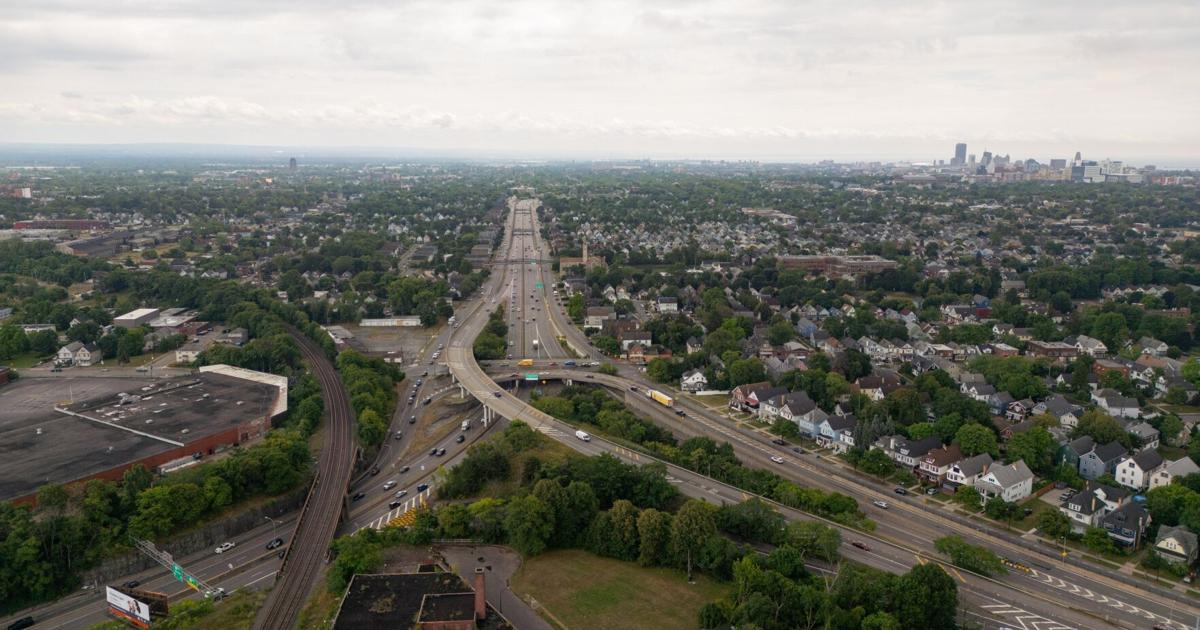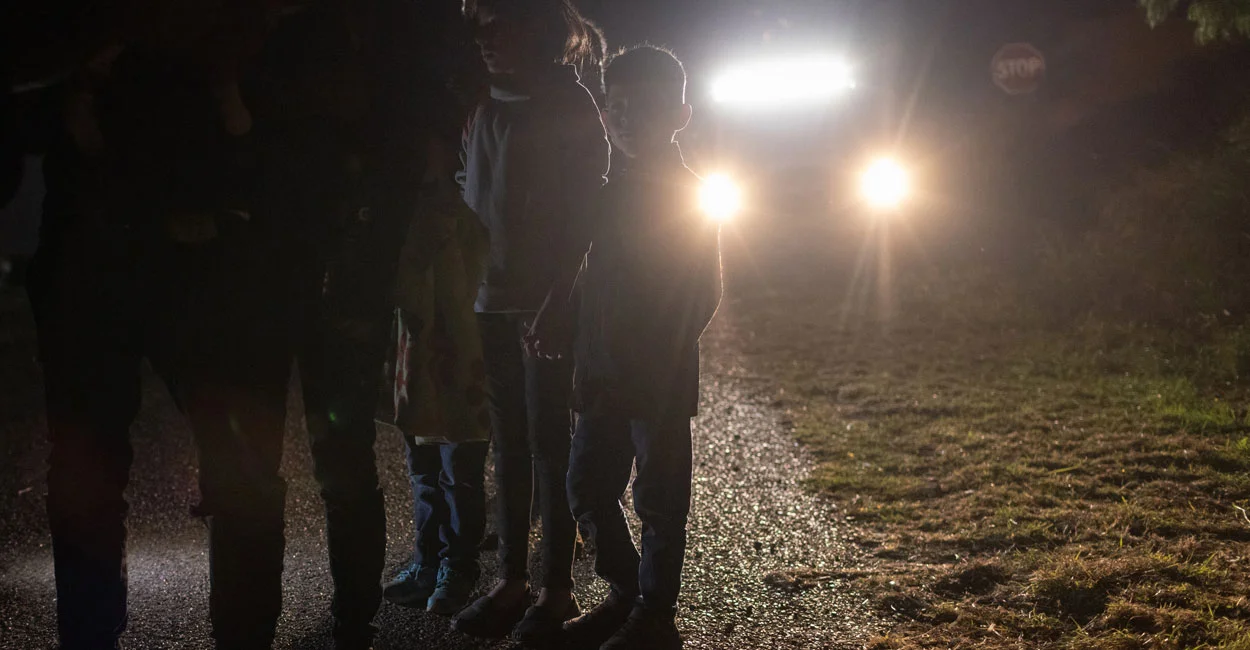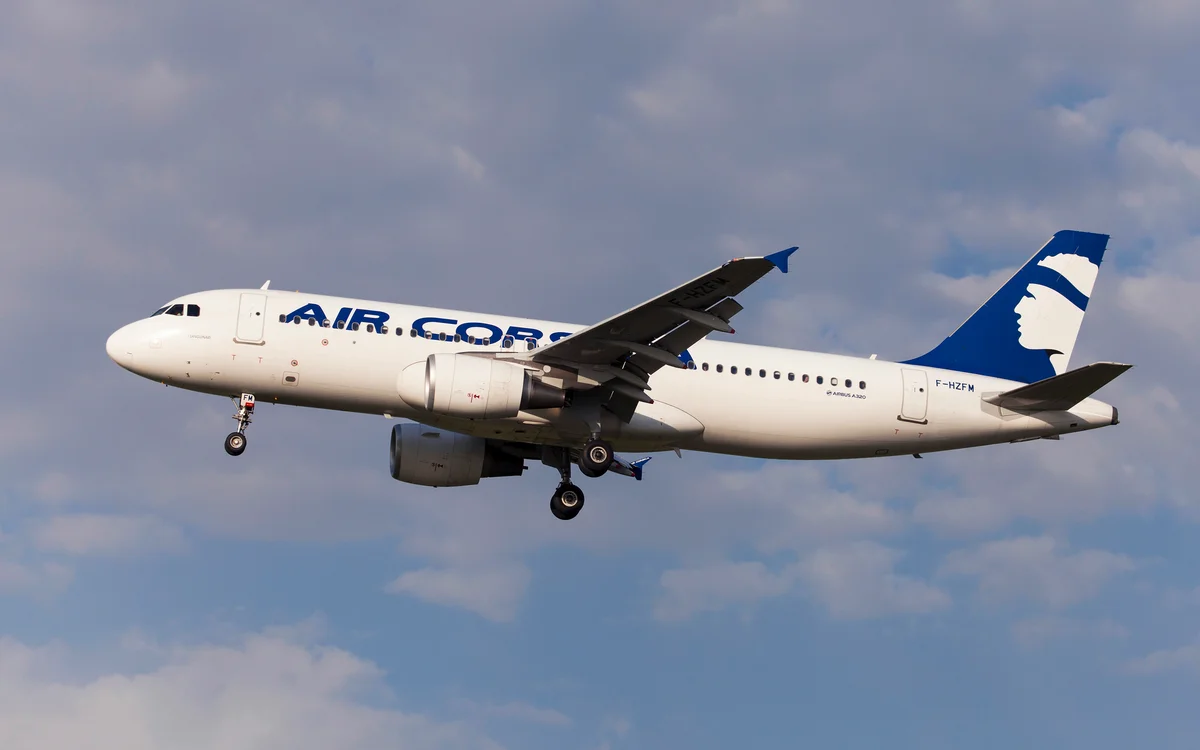
New York’s Department of Transportation is right to push reset on its Kensington Expressway project, even if the move isn’t quite voluntary. In February, Erie County Supreme Court Justice Emilio Colaiacovo ruled that the state should have conducted a full environmental impact statement before moving ahead with a proposed cap over a section of the expressway.
After a legal setback in February, the state Department of Transportation said it was “starting fresh” on a project to re-think the Kensington Expressway.
Community advocates have been calling for a full EIS all along, with good reason. A full study can address questions regarding pollution and structural viability. There should also be complete analysis of other options – which include filling in the highway to re-create a parkway between Martin Luther King Park and Delaware Park, much like the original Humboldt Parkway, which was destroyed to create the expressway.
Finally, it looks like the DOT is no longer pursuing a blinkered approach that disregards opposing voices. As Richard Fontana, DOT special assistant stated, “We want to hear from as many people as possible before we formulate a new plan for the project along the 33.”
Sincere listening sessions that result in serious impact on the project are necessary. Over the years since the cap idea won initial acceptance from neighborhood advocates, other community voices have struggled to win a seat at the table.
And yes, all this means a longer wait before any meaningful change will occur, but think about the multiple decades that residents along this corridor have lived with disrupted neighborhoods, polluted air and the loss of green space. The pollution data, based on research from several organizations, including the EPA, indicates that this neighborhood has suffered demonstrable health damage.
Mounting voices against the project as now planned are calling for a more comprehensive study to consider other options and provide additional information before a final decision is made.
Any project intended to relieve this long trajectory of injustice needs to get it right – however long that takes.
One major problem with the DOT’s approach is obvious in how it defines one of the three words that make up its name: transportation. While it is important to make sure that auto traffic displaced by any possible downsizing of the expressway can be rerouted, there are others ways in which people transport themselves.
When Olmsted’s Humboldt Parkway was destroyed, Buffalo lost a wide tree-lined boulevard along which residents could walk and bike, replacing it with something that makes either one of those pursuits a deadly risk. If Buffalo and New York State are serious about complete streets policies that promote all modes of transportation, the Kensington project should not be focused purely on car travel.
Under a plan unveiled Tuesday, the Scajaquada Expressway would become a realigned, at-grade two-lane parkway.
Even more important, it is concerning that the plans to transform the Kensington remain unconnected to the plans to transform the Scajaquada Expressway (Route 198). These projects should be undertaken in collaboration and conjunction. The two highways are connected, both literally and in their similar roles as entities that have disrupted neighborhoods and drastically undermined Olmsted’s grand achievements in Buffalo.
Though the Scajaquada project seems on indefinite hold, it had made significant progress. In a lengthy and comprehensive review process under the aegis of the Greater Buffalo Niagara Regional Transportation Council, a final plan was announced in 2023. It reduces the Scajaquada to an at-grade two-lane parkway, removes exit ramps to the 190 and 33, adds bridges and crossings for bridges and walkers, restores connections between the AKG and the Buffalo History Museum and raises the possibility of Buffalo State College becoming a waterfront campus. These and other modifications have met with wide approval from community stakeholders.
Those who participated in this work wanted a solution that would value pedestrians and bicyclists instead of prioritizing automotive traffic above all.
As the state DOT restarts the Kensington initiative, now under a new name, Queen City Forward, it should keep this broader reconsideration of highway culture in mind.



